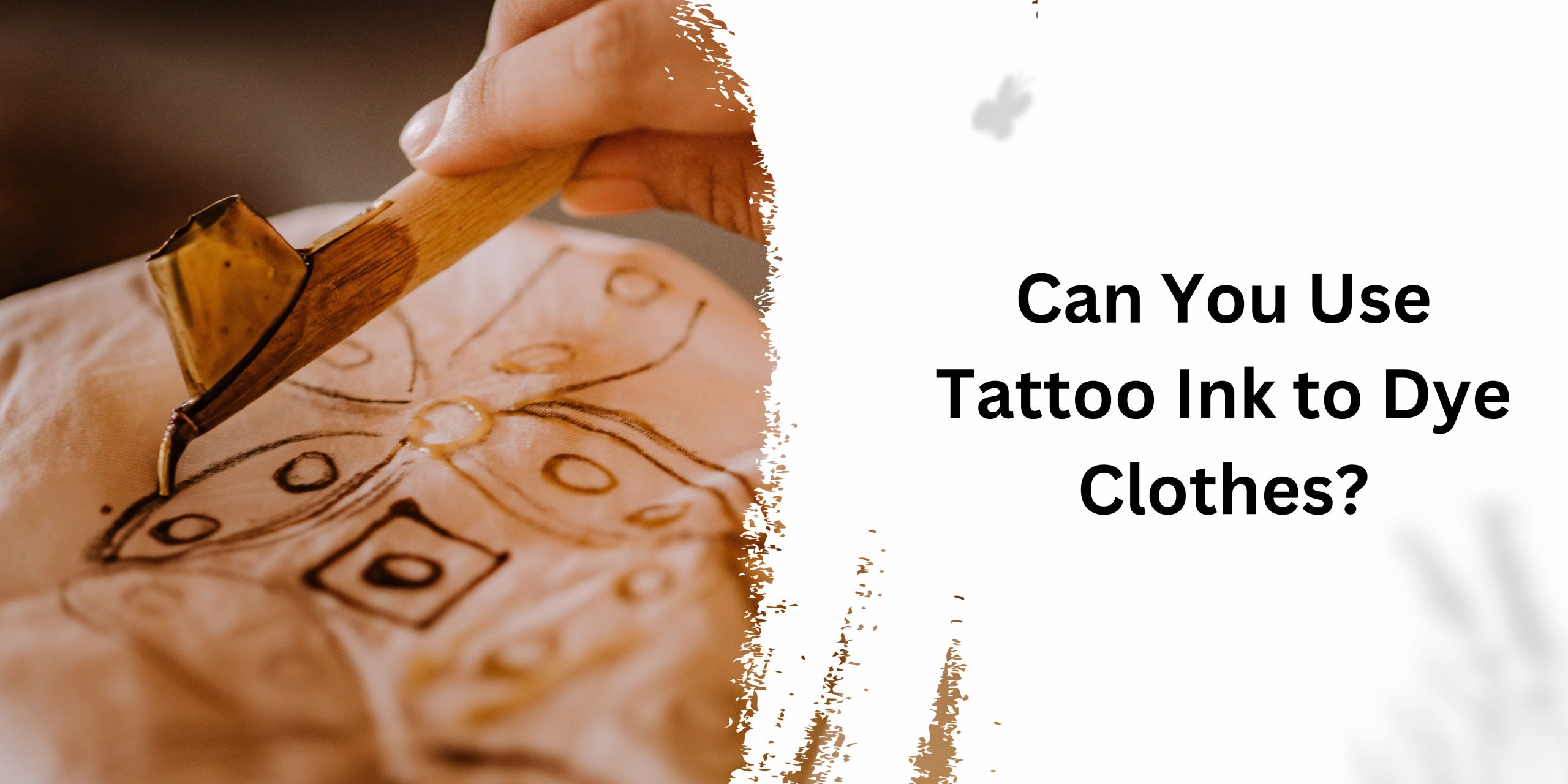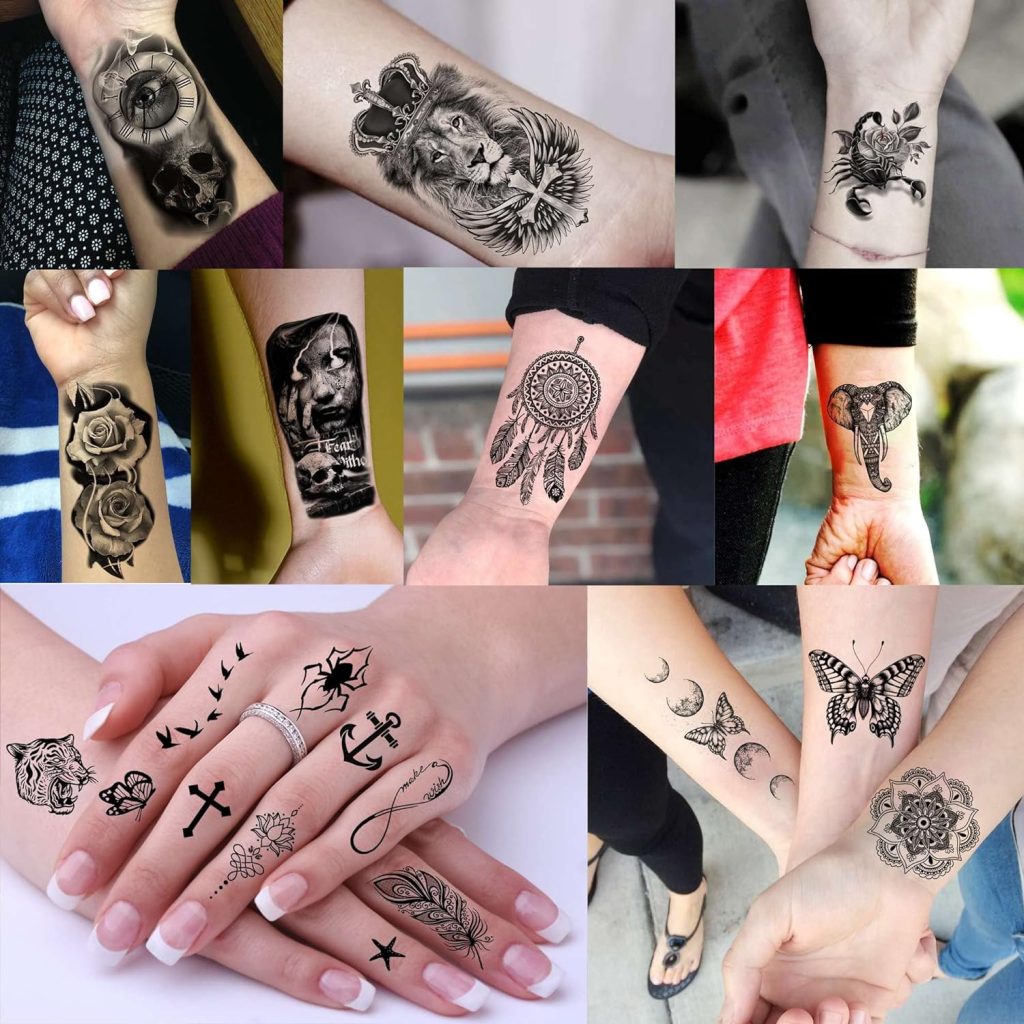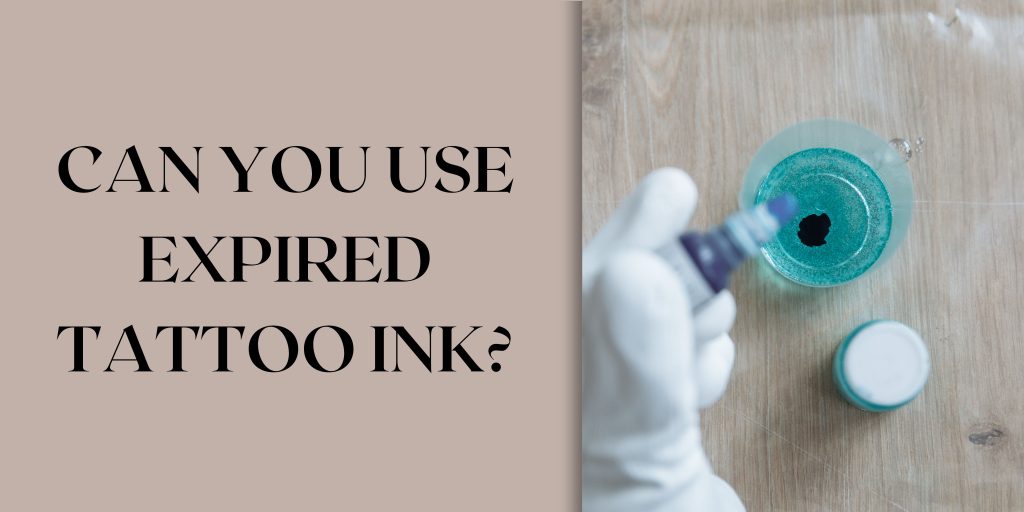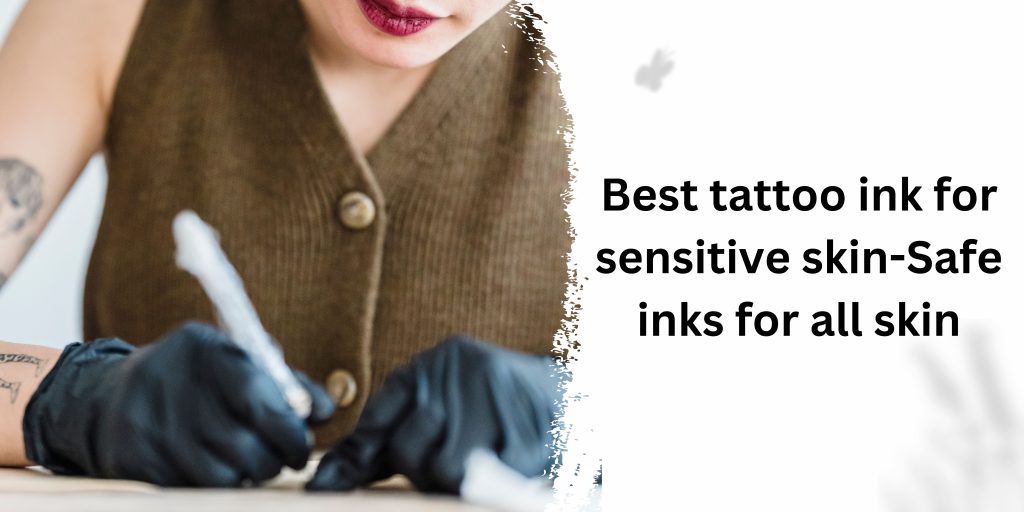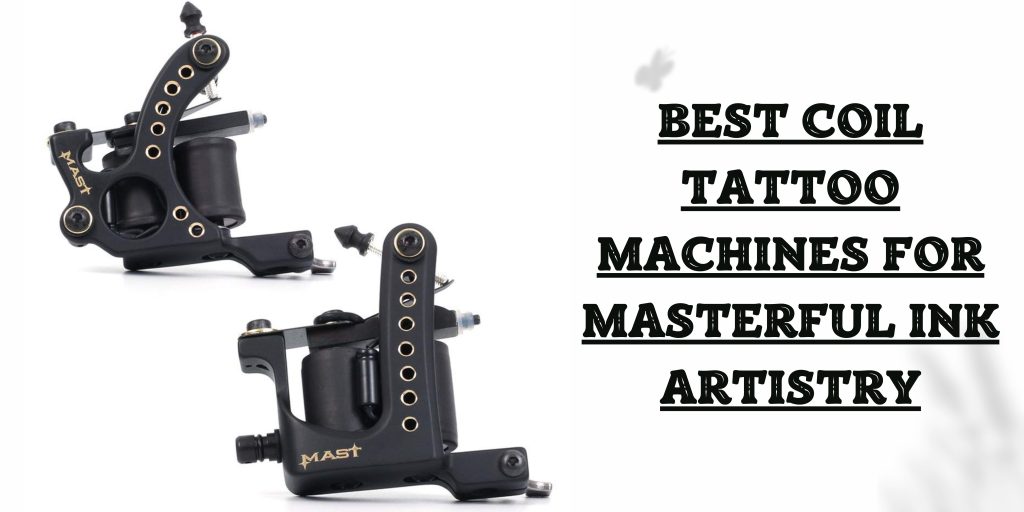the question of whether you can use tattoo ink to dye clothes might spark the curiosity of the most daring DIY enthusiasts. Imagine a world where your favorite tattoo artist’s ink doesn’t just adorn your skin but also transforms your wardrobe. Intriguing, isn’t it? Let’s embark on a journey to explore the possibilities and pitfalls of this unconventional idea.
The Curious Conundrum
Tattoo Ink: More Than Skin Deep
Tattoo ink is a vibrant concoction designed to leave a lasting impression on your body. It’s a carefully crafted blend of pigments suspended in a carrier solution, and its ability to stay put beneath the skin’s surface is what makes tattoos permanent. But what if we divert from the traditional path and consider its application on fabric?
The Allure of DIY Fashion
DIY fashion has a magnetic appeal for those seeking unique, personalized styles. The thought of using tattoo ink to dye clothes arises from this desire to break free from the conventional and embrace one’s individuality. After all, why settle for off-the-rack when you can create your wearable masterpiece?
The Experimental Phase
Choosing the Canvas: Fabric Selection Matters
Before diving headfirst into the tattoo ink experiment, it’s crucial to choose the right canvas—your fabric. Natural fibres like cotton or linen are more porous, allowing for better absorption of ink, while synthetic fabrics may repel the ink, leading to uneven results.
Prepping the Palette: What You Need
Gather your supplies like a seasoned artist preparing for a masterpiece. You’ll need tattoo ink, of course, along with a clean, white piece of clothing, gloves to protect your hands, and perhaps an old towel to catch any rogue drips. Lay out your materials like a makeshift studio and get ready to unleash your inner fashion maverick.
The Artistic Process
Ink and Fabric: A Match Made in DIY Heaven?
With your canvas ready, it’s time to apply the ink. Use a brush, sponge, or even a cotton ball to carefully spread the ink on the fabric. This is where your creativity takes center stage. Experiment with different techniques—splatter, ombre, or perhaps a full-blown tattoo-inspired design. The world is your dye-soaked oyster.
The Waiting Game: Patience is a Virtue
Once your artistic flair has been unleashed, patience becomes your best ally. Allow the ink to seep into the fabric and set. The duration may vary depending on the fabric and the intensity of colour desired. Use this time to revel in the anticipation of unveiling your wearable masterpiece.
Read More: How to remove tattoo ink from carpet
Is it a Good or Bad Option?
The decision to use tattoo ink to dye clothes ultimately hinges on your priorities and risk tolerance.

Consider It a Good Option If:
- You prioritize unique and personalized designs on your clothing.
- You enjoy experimental DIY projects and are willing to embrace the unpredictability of the outcome.
- Permanence is desirable, and you’re prepared for the design to withstand numerous washes.
Consider It a Bad Option If:
- Achieving consistent and even colouring is essential to you.
- You are not willing to risk potential damage to your clothing or accept the permanence of the design.
- Precision in design execution is crucial, and you lack the necessary tattooing skills.
Editor Choice
Temporary Fake Tattoos
Potential Risks and Considerations
1. Fabric Compatibility:
Natural fibres like cotton may absorb ink more effectively, while synthetic fabrics might repel it. The fabric type plays a crucial role in the success of the dyeing process.
2. Uneven Coloring and Fading:
Tattoo ink may not adhere uniformly to fabric, leading to uneven colouring. Additionally, fading might occur after the initial washes, impacting the longevity of the design.
3. Damage to Fabric Integrity:
Tattoo ink contains specific pigments and chemicals that may not be compatible with all fabrics. This could potentially compromise the integrity of the fabric.
4. Limited Reversibility:
Unlike traditional fabric dyes, tattoo ink is designed for permanence. Reversing or correcting mistakes may prove challenging or impossible.
Read More: What Is CPS Tattoo?
Final Thoughts
Using tattoo ink to dye clothes is a daring exploration into the realm of DIY fashion. It’s an opportunity to break away from the ordinary and infuse your wardrobe with a dash of rebellious creativity. However, the path is not without challenges, and success is not guaranteed.
In the grand palette of DIY exploration, each experiment contributes a unique hue. The allure of transforming tattoo ink from a skin-deep art form into a wearable expression of self is undeniably tempting. So, if you’re feeling adventurous and have a white garment eager for a touch of rebellion, why not dip your brush into the inkwell of possibility? Just remember, in the world of DIY, every stain tells a story, and every experiment adds a stroke to the canvas of your creative journey.

